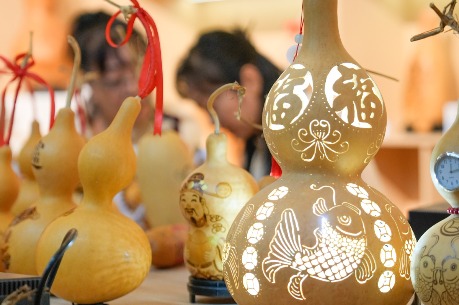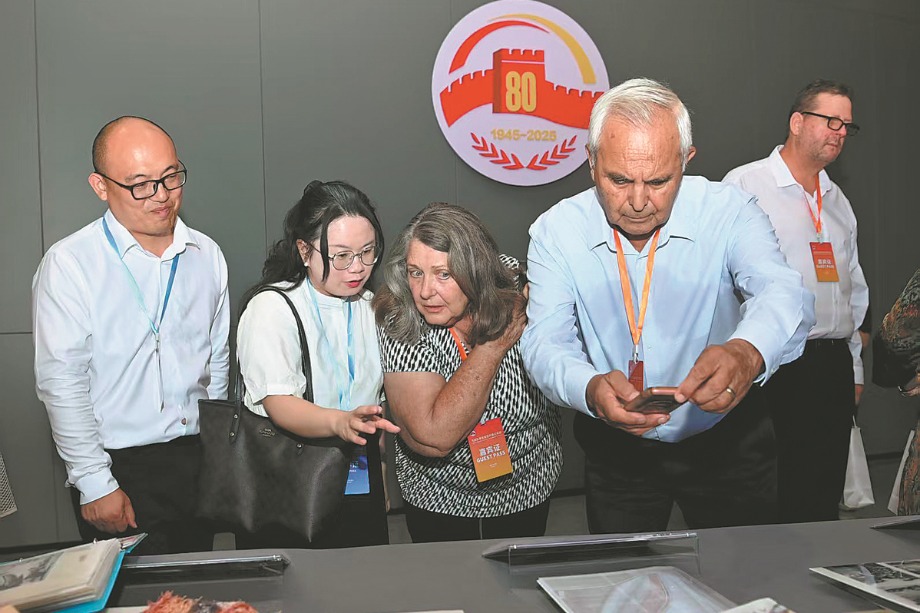Chinese researchers create groundbreaking dairy cattle cell atlas

BEIJING -- Chinese researchers have successfully created a multi-tissue single-cell expression atlas for dairy cattle, marking a breakthrough that sheds light on the genetic mechanisms of key traits while advancing precision breeding and human disease research.
The study was carried out by a research team led by China Agricultural University in collaboration with multiple domestic and international institutions, with the findings recently published in Nature Genetics.
According to Sun Dongxiao, a professor at the College of Animal Science and Technology, China Agricultural University, traditional research has primarily focused on gene expression at the tissue level, which makes it difficult to explain how different cell types interact to regulate important traits in dairy cattle, such as milk production, reproduction and disease resistance.
Employing single-cell RNA sequencing technology, the team analyzed 59 tissue types from multiple Holstein cattle. They identified around 1.79 million high-quality cells and annotated 131 distinct cell types, spanning seven major lineages that range from immune cells to germ cells.
By integrating their own data with a genome-wide association study from 16,000 dairy cattle, the researchers discovered that excitatory neurons are significantly associated with milk fat yield and milk fatty acid composition. Additionally, retinal amacrine cells and skeletal muscle cells are also linked to milk fatty acid profiles. These findings provide novel insights for improving milk production.
The study also includes an in-depth analysis of mammary epithelial cells, classifying them into eight subtypes and identifying that certain subtypes are closely associated with milk biosynthesis.
It also deciphered the cellular heterogeneity of the cow's four stomach chambers, revealing functional similarities between ruminant stomachs and human stomach epithelial cells.
The researchers also made several new discoveries regarding dairy cattle health and diseases.
"This study fills a gap in the cow's single-cell biology, providing fundamental data for bovine genetic breeding, immunological research, and comparative biology," said Sun, adding that its technical roadmap and analytical framework can also serve as a reference for research on other livestock and poultry species.
- Chinese researchers create groundbreaking dairy cattle cell atlas
- Visa-free policy for Russians ignites travel plans
- Beijing Xiangshan Forum to uphold intl order
- Retired artist devotes weekends to passing on Tibetan opera in Xizang
- China Coast Guard acts against Philippine government vessels near Huangyan Island
- Scientists use moonquakes to map safe lunar landing sites in future





































